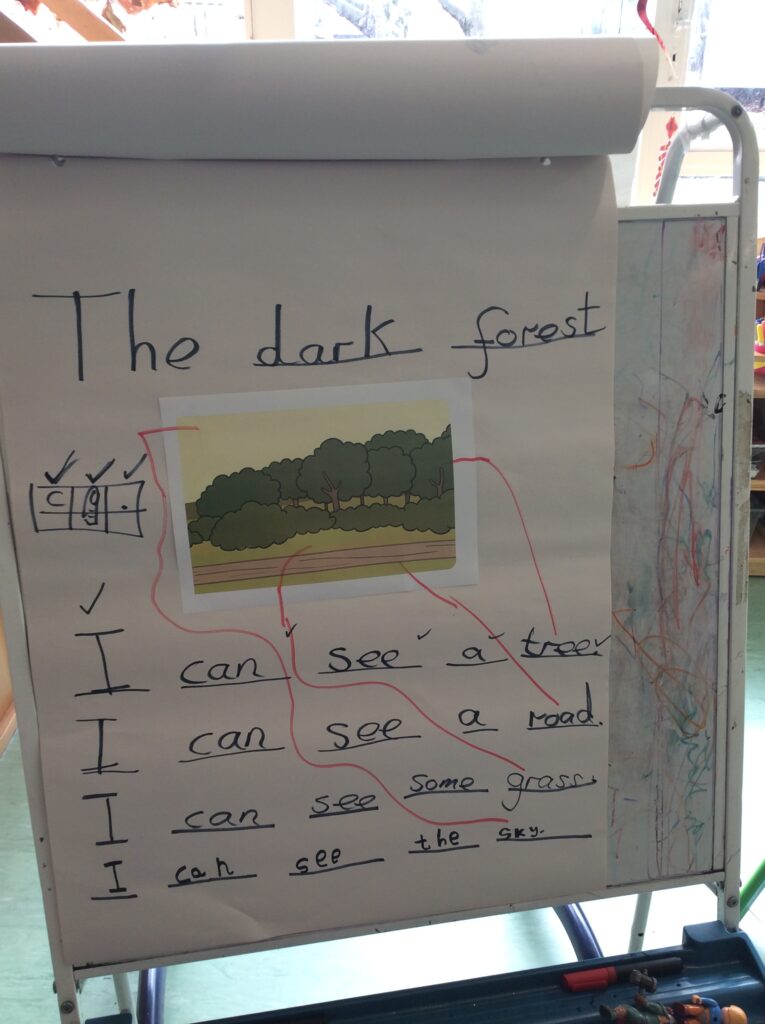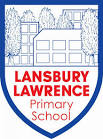To be a successful writer, children need to have good fine motor skills. We support these skills by disco dough exercises, threading, tweezer tasks and lots of opportunity to strengthen their fingers. Gross motor skills are also important, as these develop core muscles in the stomach, arms and shoulders. We give the children lots of opportunity to climb, throw, catch and run. Swimming is a great gross motor skill too!
Next, we support the children with their writing skills. We teach them how to write their names and write the letter of the alphabet, letter formation. Watch the video, this shows how to form the letters effectively.
Once the children can form their letters correctly, this is an ongoing learning experience throughout Reception, we move on to writing in Phonics. We write CVC words and Tricky words. A CVC word is a Consonant, (a speech sound that is not a vowel), Vowel, aeiou and finishes with a Consonant. Like Cat, dog, sip, top… We also teach the children to read and write Tricky Words/Red words. These are words that are difficult to sound out like THE, IS, TO.
Shared Writing:
To support the children’s knowledge of phonics and letter formation, we write with them, this is called shared writing.

To support shared writing it is important that it has a meaning. In the lesson above the children were describing what they can see. They worked in partners to discuss what they could see and then they told the teacher in a full sentence.
It is important that children can say the sentence so that they can eventually ‘hold the sentence in their head’. We then wrote the sentence together. The teacher supports the saying of the word and the sounds in each word. If a tricky word or a word that contains phonic sounds the children have not yet learned, like see or road, grass and sky come up the teacher says the sounds and writes the word. For Tricky red words we spell the words.
This learning allows the children to start to know that every sentence starts with a capital letter, that there are gaps between words and that to end the sentence we need a full stop.
